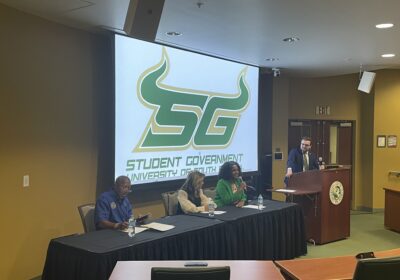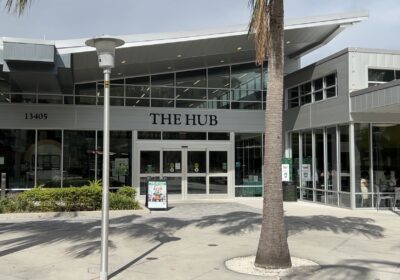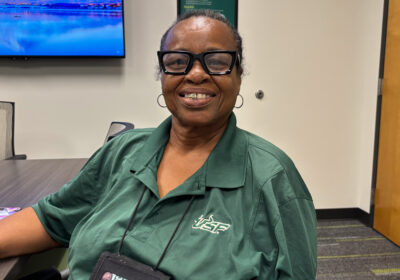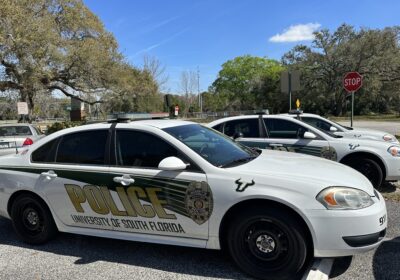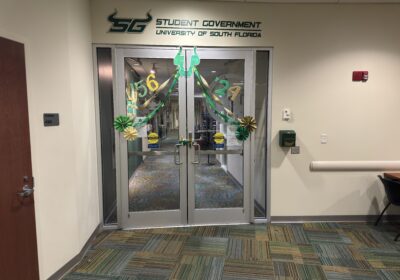BOT approves Law’s interim goals
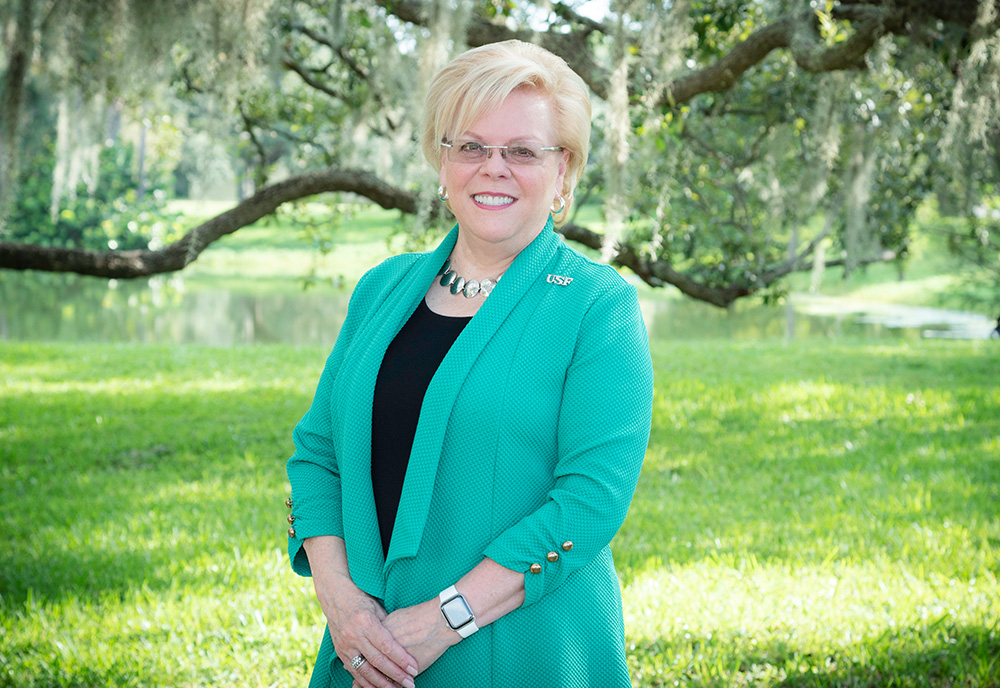
Aspirations to build an on-campus stadium, strengthen USF’s culture and finalize its strategic plans are some of the goals Interim President Rhea Law will focus on during her tenure until a permanent replacement is hired.
Law’s 10 goals were approved during Tuesday’s virtual Board of Trustees (BOT) meeting. She had to submit to BOT Chair Will Weatherford by Sept. 30 a list of goals and objectives she plans to meet while in office.
While plans for an on-campus stadium have not been announced, Law’s goals include reviewing and revising the Football Stadium Conceptual Planning Study. Potential locations on campus for the stadium and funding strategies still need to be determined.
“We’ve talked a lot about a football stadium and the importance for our students and our campus experience,” Weatherford said. “So making sure that we’re making progress on that and moving the ball forward is one of the goals as well.”
There is no set timeline for the on-campus stadium, but Weatherford announced at the Sept. 8 groundbreaking ceremony of the indoor practice facility his determination to work toward building it in the coming years.
Similar to the discussions surrounding the stadium, long-term use of the North Fletcher property is still in the planning stages and no concrete plans have been made.
The property, which includes the USF Forest Preserve and The Claw, is still being discussed between Law and the Department of Environmental Science, but part of her goal is to come up with an environmentally sensitive solution.
Law created the North Fletcher Property Advisory Committee on Oct. 26 to evaluate an Ecological Assessment Report and provide possibilities for use of the land in the future.
Weatherford said Law has made progress toward completing her first goal of filling the vacancy of vice president for Research and Innovation. The search for candidates began Sept. 17, and Law announced in a Nov. 10 universitywide email the appointment of Sylvia Wilson Thomas as the interim vice president for research.
Besides filling vacancies, Law also set a goal to progress toward designing a universitywide budget allocation model that is expected to be completed by June 30. The preliminary design will include shared costs for shared services among campuses, facilities and administrative costs distribution, and transparent reporting system, according to Weatherford.
“We all know how challenging the budget discussions were in 2019 and 2020,” he said. “But making progress as a goal toward the design of a new value-driven universitywide budget allocation model, one that’s inclusive, one that receives feedback and one that we can build upon for future years, is really important.”
With the objective of moving USF toward membership in the Association of American Universities (AAU), and reaching the top 25 of public universities in the U.S. News & World Report’s annual ranking, the BOT on June 8 approved the Strategic Planning Committee’s “A Blueprint for a Bold Future: Where Academic Excellence and Opportunity Converge.”
The plan is undergoing revisions, according to Weatherford, and Law’s goal is to have it finalized with measurable goals and outcomes by January.
“We had a strategic plan. There were a few tweaks that we felt like needed to be made in large parts and metrics needed to be added to the strategic plan so we could be measured appropriately and the Board of Governors both suggested that and has given us a little bit of leeway with more time to do it.”
While consolidation has been in effect since July 2020, Law plans to work with the other campuses to find opportunities for facilities, funding and strategic initiatives on the St. Pete and Sarasota-Manatee campuses.
“We talk about #OneUSF, but it’s important that our actions reflect it,” Weatherford said. “Making sure that our president is focusing on, and I would say prioritizing, the Strategic Initiatives at both the St. Pete campus and Sarasota-Manatee campus, making the stakeholders and community partners there feel a part of OneUSF and making sure that their voices are heard.”
Law hopes to get additional state funding in the 2022 legislative session by enhancing community and legislative relations and partnerships. Within USF as well, she plans to encourage communication between internal university stakeholders.
“We need to have a good legislative session and the university is poised to have a good session,” Weatherford said. “The states have a good position and posture from a financial position to help us to have a good session … We need to have success in Tallahassee this session for us to achieve our goals.”
Weatherford spoke highly of Law’s current successes as interim president in strengthening the culture of USF, and emphasized the importance of maintaining the progress made beyond presidential search.
“[Law continues] to build upon a culture of inclusivity, a culture of communication, a culture of shared goals and shared vision,” he said. “I think that [she] has done a great job in a very short period of time bringing quality and meaningful culture to the university. But it takes time to build and it’s even harder to maintain.”
While her tenure might be short as the university gears up to find a permanent president early next year, Law said she is committed to making the most of her time in the role and further detailing her initiatives in the coming months.
“I understand that you can only expect what you inspect,” Law said. “While these are generalized goals, at the end of my tenure shall be very specific items that have been done to achieve each and every one of these. And so, I look forward to the point where I can share those with you.”

